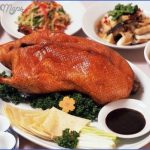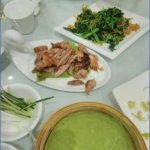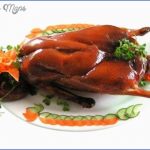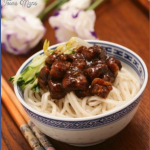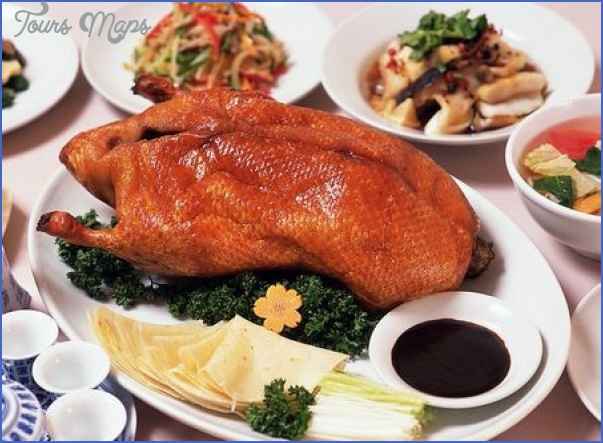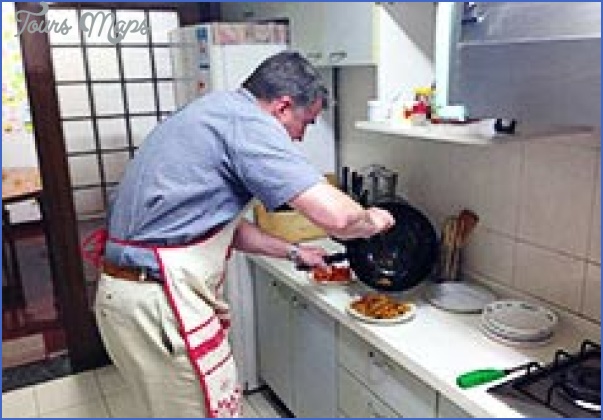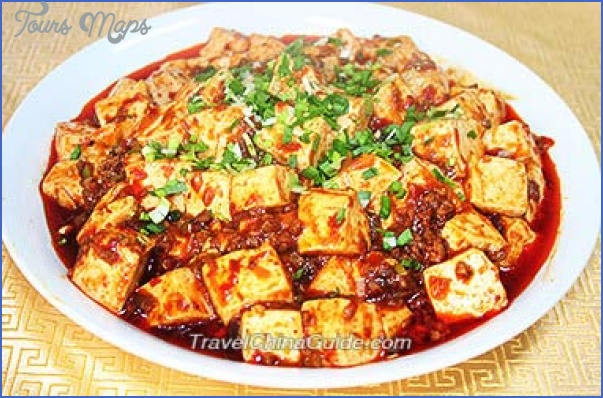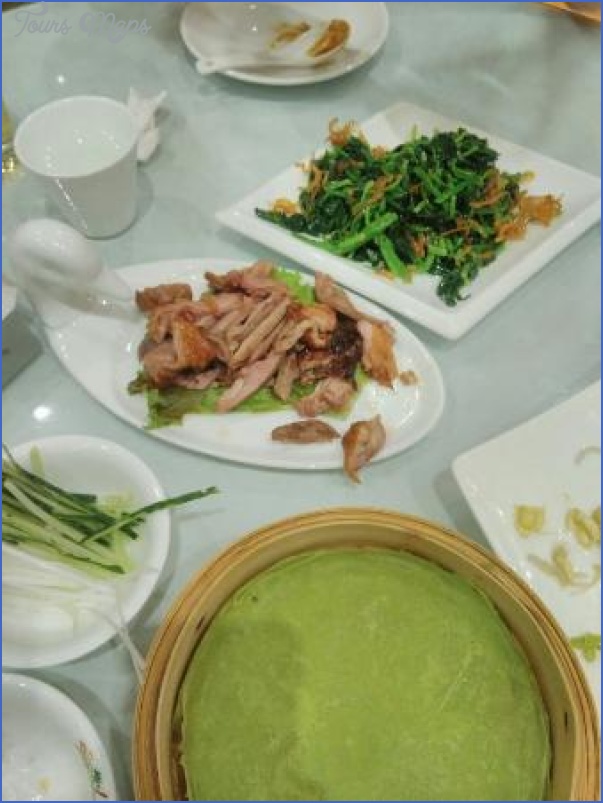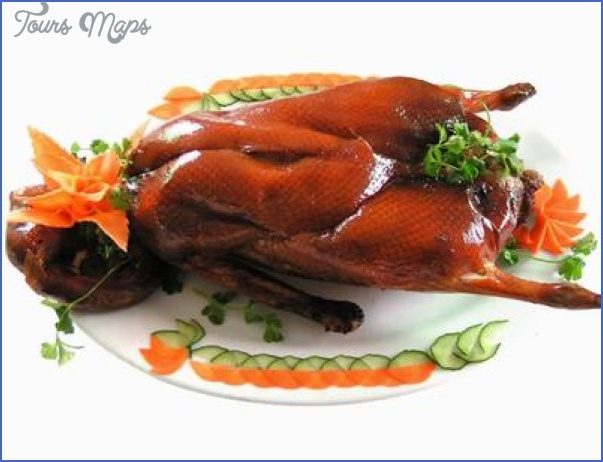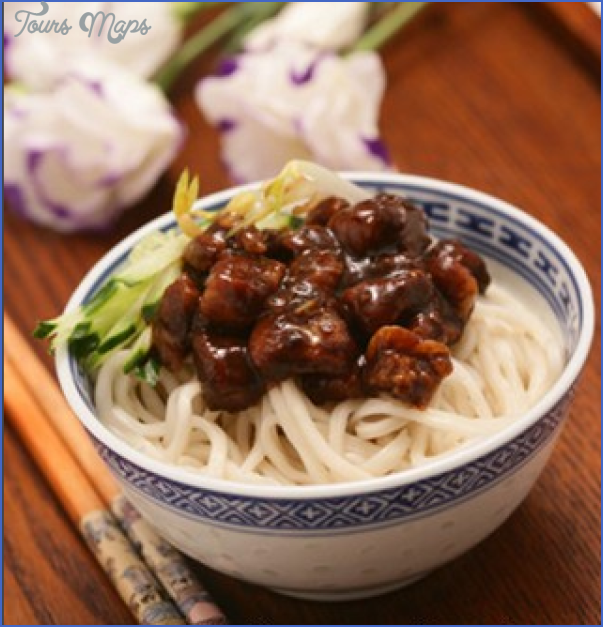Peking Man This temple, situated 35km/22 miles to the west of Beijing at the foot of the Ma’anshan Mountain, dates from 622. However, nearly all the buildings were reconstructed during the Qing period (1644-1911). The stone altar in the main hall was made during the Ming dynasty (1368-1644). In the 11th c. the monk Fachun lived here; his urn is kept today in one of the two pagodas on the mountain slope. South Chinese influence can be detected in the temple.
The main hall of the complex is the Daxiong Baodian, behind which stands the Pavilon of the Thousand Buddas (Qianfo Ge) with innumerable Buddha statuettes on its walls. Consecration of monks used to take place here on the three-storey white stone terrace.
The steles in front ofthe Mingwang Hall are among the oldest monuments in the complex; they date from the Liao period (907-1125) and the Yuan period (1271-1368). The complex owes its fame in particular to the five century-pines, which all bear their own name; the pagoda pine, the pine of the reclining dragon, the shaking pine (when a branch is touched the whole tree shakes), the obliging pine and the nine-dragon pine.
While the Temple ofthe Consecrated Altar is known for its pine trees, the Tanzhe Si Temple, situated 8km/5 miles further to the west on the Tan-zheshan, is known for the temple pond. The foundations of the sacred building were laid in the 3rd cž although the temple we see today did not come into being until the 14th c. The temple’s name derives from the words “tan”, which is taken from the word “Longtan” (dragon pond), and “zhe” which comes from “Zheshu”, the trees which grow on the mountain and were once used for silkworm breeding.
The complex, which lies on a north-south axis, has its entrance in the south. Passing through the Gate of Honour (Pailou), taking the path lined with pines we reach the Mountain Gate (Shanmen). After the Hall of the Kings of Heaven (Tianwang Dian) and the sumptuous Hall ofthe Great Hero (Daxiong Baodian) the Vairocana Pavilion (Pilu Ge) stands at the far end of the complex’s central axis; from here there is a good view of the whole area. Behind one ofthe halls is a 1000 year old ginkgo tree.
In the eastern part ofthe site are the imperial family apartments and the quarters ofthe head ofthe monastery.
A well-known spring is also situated here, together with the Pavilion of the Floating Beaker (Liubei Ting) where drinking sessions were once held.
At the north-western end of the site is the Avalokiteshvar Hall, where can be seen the stone tablet on which Kublai Khan’s daughter apparently knelt every day in penance for her father’s sins.
There are numerous pagodas in a courtyard outside the complex which were built after the 12th c. One of these is dedicated to Milao Yan.
The prehistoric village near Zhoukoudian, situated 43km/27 miles southwest of Beijing, has attracted interest from archaeologists all over the world. Extensive finds prove that hominides settled here about 500,000 years ago. Even before this was discovered, labourers occasionally found fossils in chalk quarries on the Dragon Bone Mountain (Longgushan); they thought the finds were dragon bones, hence the mountain’s name.
Since the first complete preserved skull ofthe Peking man [Homo erectus pekinensis) was discovered, finds of equal interest were made in subsequent years: human thigh bones, collar bones, shin bones, skull and teeth, also ashes, stones and bones showing clear signs of burning, suggesting that Peking man knew how to make fire. In all the remains of 40 humans were found. In the 1940s many of the finds disappeared under mysterious circumstances. Later the remains of skeletons and artefacts of early palaeolithic man, who lived 12,000-27,000 years ago, were also discovered in the higher part ofthe mountain.’
Displayed in the exhibition hall are finds from the Dragon Bone Mountain and more fossils from other parts of the country. They are divided into three sections: the evolution of man, the life ofthe Peking man, and the role of palaeoanthropology and palaeontology in China.
Travel China guide Chinese food culture Photo Gallery
Maybe You Like Them Too
- The Best Cities To Visit in The World
- World’s 10 Best Places To Visit
- Coolest Countries in the World to Visit
- Travel to Santorini, Greece
- Map of Barbados – Holiday in Barbados

